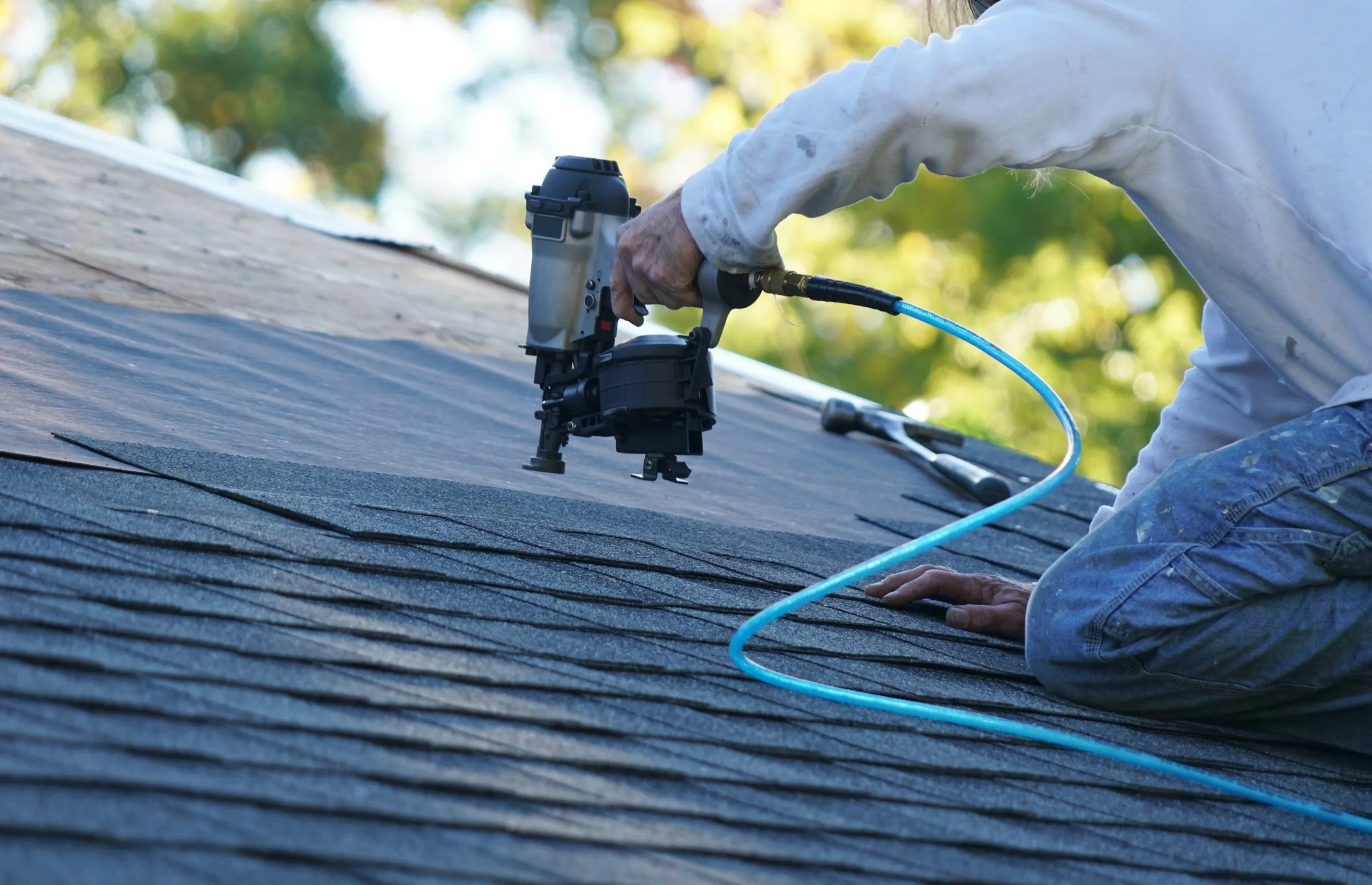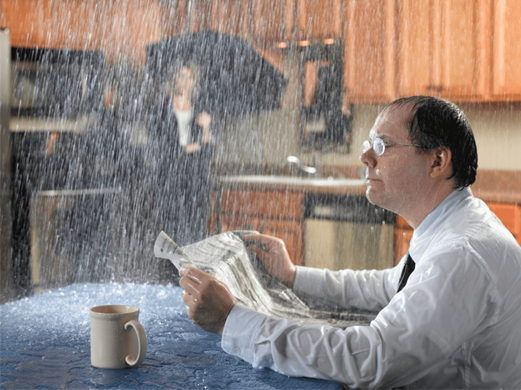Roofs are susceptible to tons of issues. From surviving harsh weather conditions to needing regular maintenance, they can sometimes require a bit of work to keep them in perfect condition. A roofing system is often complicated with many different parts to consider, so when in doubt, trust your Shelby roofing company to get the repairs done efficiently and effectively. Here are the most common areas of a roofing system that might be causing some problems for your home:
The Five Most Common Problem Areas of a Roofing System
Although a roof system can suffer a multitude of issues, below are the five most common roof component problems a roof is susceptible to. These common roof issues are also reasonably easy to identify and repair on your own. Please remember however that if you are uncomfortable accessing your roof safely or feel that this type of work is beyond your skill set contact a professional roofing contractor.
Fascia
Fascia is an architectural term for a band running horizontally and situated vertically under a roof edge. In simpler terms, it’s a roof trim – or the front board along your roof line. It typically consists of wooden boards or sheet metal. So, picture the vertical finishing edge that connects to the ends of rafters, trusses and the area where the gutter attaches to the roof.
The primary function of fascia is to protect by acting as a layer between the edge of the roof and the elements of the outdoors – especially water. It also protects the interior of your building from weather damage by blocking its entrance into the structure. Fascia also plays an aesthetic role, creating a smooth, even appearance for the edge of a roof. Moisture is the number one cause of problems with your fascia so be sure to look for signs of rot or damage and contact a roofing contractor immediately if you notice an issue.
Soffit
Soffit comes from the French word for “formed as a ceiling” and the Latin term for “to fix underneath”. Can you guess where your soffit is? The exposed surface beneath the overhanging section of a roof eave or the finished surface below the fascia and rafters is called the soffit.
Vented soffit has small holes that provide air circulation so it can cycle to the vents and draw heat and moisture away from the house.
It plays an important role in helping to ventilate the attic and prevent rot in the sheathing and rafters. Most soffits are made from vinyl because it is a water-resistant and cost-effective material. It helps regulate the temperature in your attic and through the rest of your home making it a comfortable place to live. Look for cracks, holes and rotting to avoid an easy entrance for water or insects and small animals.
Flashings
Flashings are components used to seal roof system edges, perimeters, penetrations, walls, valleys, drains and any other area where the actual roof covering is interrupted or terminated. The primary function of flashing is to help seal any voids in the roof system where water may enter making these prime areas for leak causes if not checked regularly.
The material is usually aluminum or galvanized steel and, depending on the type of roof you have, is most likely in the valleys, around the chimney and even around dormer windows or skylights. Weather and oxidization are the most common culprits for flashing deterioration but it is possible that flashing can just simply come loose. Most professional roofing contractors cut and shape their own flashing from sheet metal but many flashing pieces today come pre-formed and can be applied without much difficulty using caulking or roof cement.











